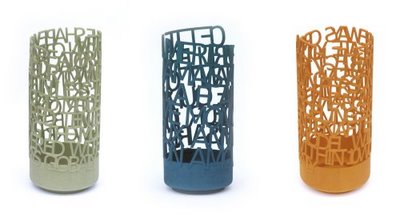![Using the certified 3D printable RP95-3D respirator [Source: CIIRC]](https://fabbaloo.com/wp-content/uploads/2020/05/image-asset_img_5eb067d1c2753.jpg)
Using the certified 3D printable RP95-3D respirator [Source: CIIRC]
While there are dozens, perhaps hundreds, of projects seeking to quickly design emergency medical equipment, few have received official certifications.
RP95-3D Respirator
One that has is a design for a 3D printable respirator, created by the Czech Institute of Computer Science, Robotics and Cybernetics (CIIRC CTU). They say:
“We received certified approval for the RP95-3D respirator at the end of last week. It was certified as an FFP3 class safety half mask with interchangeable external filters. The selected material and technology guarantees optimal properties – the respirator is flexible, light and impermeable.”
And:
“The CIIRC RP95-3D is a personal protective equipment – half-mask – with a P3 replaceable external filter which has been certified as a kit according to EN 140:1999 norm. It meets the same or higher degree of protection as a FFP3 class respirator.”
This is something that is immediately meaningful, as the countless DIY designs floating about the Internet largely have no official certifications and sometimes questionable medical thought behind the design. Certified designs are what is needed now, not guesses by well-meaning folks.
The Czech design is apparently intended for production on HP MJF 3D printers (MJF 4200 and MJF 5200 only at this time) and apparently can be done if the right materials (PA-12) are on hand and the design is provided. When complete, the respirator will require a replaceable SIGMA P3 filter.
RP95-3D Respirator Design
![Freshly 3D printed parts for the RP95-3D respirator [Source: CIIRC]](https://fabbaloo.com/wp-content/uploads/2020/05/image-asset_img_5eb067d1e5c55.jpg)
Freshly 3D printed parts for the RP95-3D respirator [Source: CIIRC]
Fortunately, the creators have provided the design to the public — worldwide — at no charge. They have created a portal where you can download the 3D model files. However, in order to ensure the downloader is actually operating the required HP equipment, they require you to enter your machine’s serial number.
This makes much sense, as the certification was obtained for a product made on the HP machine — the same design made on other equipment is not certified.
The creators do say it is possible to produce the same respirator on the smaller HP MJF 540, but they don’t recommend doing so as it is much more productive to produce many units on the recommended larger machines.
Making the RP95-3D Respirator
For other non-MJF 3D printer operators, they explain that they have not certified the design on any other machines at this time.
For example, they experimented with SLS 3D printing technology and found that the resulting parts were too porous to properly seal the respirator, even with a post-print application of sealant. They say:
“MJF printing does not create a grid. The resulting mask is perfectly compact and completely impermeable even at the microscopic level.”
It is therefore recommended that you do not bother attempting to 3D print this design on alternative equipment at this time. However, the creators do say they are considering other methods of production.
In particular, they are currently testing an approach to use injection molding to create the same design. However, the testing is still underway as of this writing. Those readers with injection molding equipment may wish to watch for progress in this area.
HP MJF Operators Make Respirators
![A 3D printed RP95-3D respirator [Source: CIIRC]](https://fabbaloo.com/wp-content/uploads/2020/05/image-asset_img_5eb067d219be6.jpg)
A 3D printed RP95-3D respirator [Source: CIIRC]
If you happen to operate one or more HP MJF 4200 or 5200 3D printers and have a supply of PA-12 material, you could also make these respirators very quickly. It seems that one machine could produce between 50-60 per day. For operations with 10 machines, that corresponds to around 4,000 units per week, which could be significant in some regions.
Please consider this option as a possible approach for your company’s contribution to the crisis. However, make certain there are parties that will accept them before you embark on major production.
Via Radio Prague International and CIIRC

